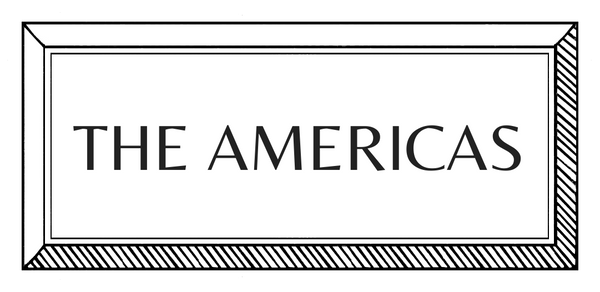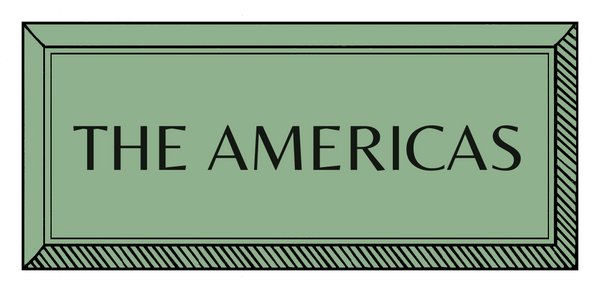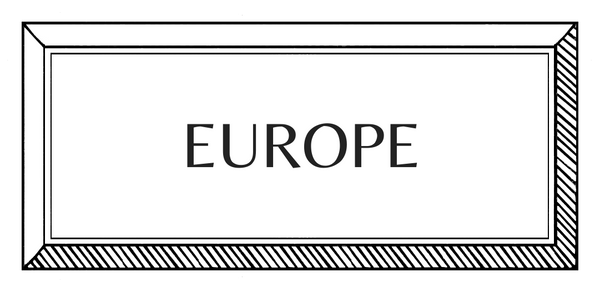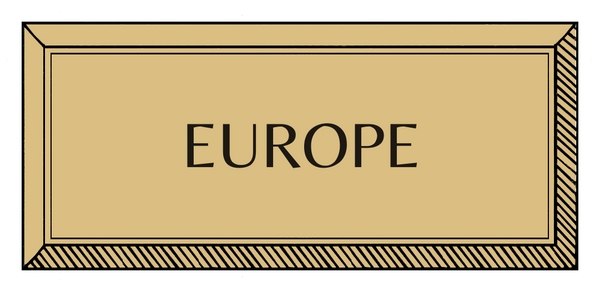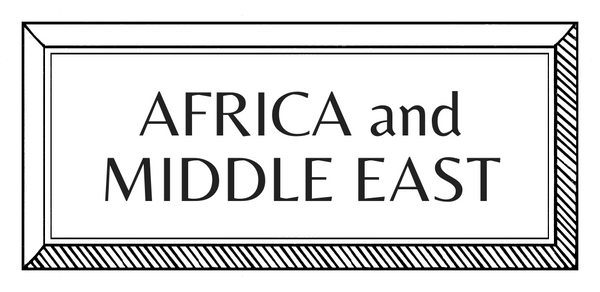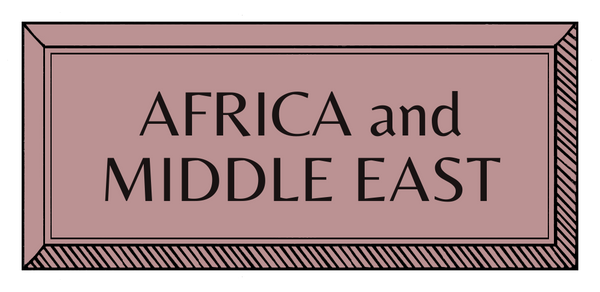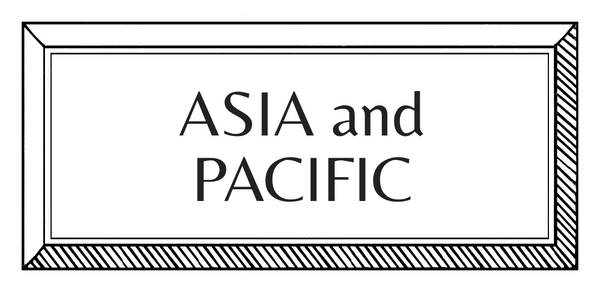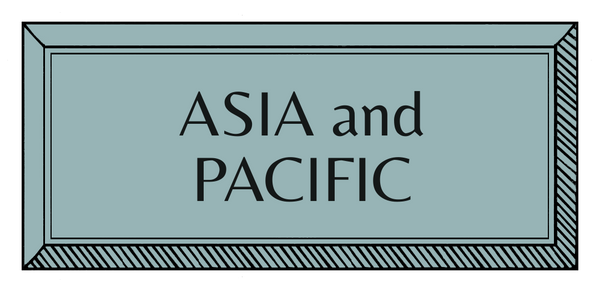MAKERS | THE AMERICAS | USA | MULTI-MEDIA
James Cherry | Lighting Artist

James Cherry grew up with an intrinsic drive to 'create'. Today, the American artist's practice revolves around material experimentation, transforming elements into intimate, tactile forms that blur the line between function and art. His lighting pieces exist as both sculptural statements and immersive spatial experiences, shaping how we perceive light, material, and form.
How did you begin?
I grew up as a twin, and my brother and I have always pushed each other as artists, though we’ve taken very different paths—he’s a painter, I’m a sculptor. He thinks about color, I think about material. That tension has always been there.
We grew up between the city and suburbs of Chicago, splitting time between our parents. My dad is a contractor, and I spent a lot of time working with him, using my hands and learning how to build things. Creating has always been part of my family—my grandfather was a tinkerer, making little carvings and hammering brass, and my dad builds model airplanes from scratch in his free time. Making things was second nature, but I always thought it would stay a hobby. Growing up in the Midwest without much, I didn’t see becoming a full-time artist as a real option. It felt like something only rich kids could do.
But I always knew I needed to make things. That was never in question. I feel lucky every day that it’s become my career. I never expected that, but I did know that no matter what, I would always be creating.

How did you learn?
I studied sculpture at Bard, and even then, I was working in a way that’s very similar to how I work now—experimenting with materials and pushing them toward a specific outcome. Trying to force materials to do things they normally don’t, and hold shapes that before felt ineffable.
I wouldn’t call myself a designer, but I like that my work lives in domestic spaces. I think of everything I make as sculpture, but I also want to control how people experience it. That’s why I work with light. It wasn’t always the plan, but I realized that the only way to fully direct the way someone sees a sculpture is by controlling the light source. So, I make lamps.
Who or what most influences your work?
I’m drawn to artists who obsess over materiality—people who manipulate traditional materials in ways that feel entirely new. I’ve always been fascinated by the egg tempera painters of Fire Island in the ’30s and ’40s, like Paul Kamu and George Tukker, because they reinvented something so deeply rooted in tradition. I also love Letta Lee Bontecou’s vacuum-formed plastic work.
Beyond that, I look at a lot of art by my friends—painters like Emma Soucek—or artists I’ve worked for, like Chris Martin, who push paint and collage into highly textural, hands-on places.
But I try to avoid direct references in my own work. I don’t like art that feels derivative. I know all art is informed by what came before, but I want my work to start with material. When you invent your own material language, or use an existing material in a way that hasn’t been done before, that’s when you escape references. That’s exciting to me.

How do you plan, prepare, and create?
I give myself time to experiment. Before any body of work I’m making, I build space into my schedule for pure testing—pushing materials, trying new forms, seeing what worked and what didn’t. When I went to New York to make the work for my last show at Tiwa Gallery, I set aside the first three weeks just for that.
I probably started 40 lamps, but only 25 made it into the show. Some failed structurally. Some didn’t excite me once I saw them in real life. Some required more time than I had. That’s always part of the process.
Because I’ve developed such a specific material language, I’m always looking for ways to stretch it. I give myself rules—this fabric, this resin—and then try to break them. I like getting scared, not knowing if something will work. That’s how I know it’s worth pursuing.
The best feeling is struggling with an idea, pushing through for days or weeks, and finally making it work. It’s rare, but when it happens, it feels like a eureka moment. And the second it’s done, I move on to the next challenge.
What does a typical day look like?
I wake up usually around 8, workout or go for a run, shower, and head to the studio. I like to get there by 10 or 11, and then I stay usually until about 7 or 8 or sometimes midnight if i’m in a groove and i don’t have plans in the evening. I spend most of my time in the studio. I wouldn’t quite call it my happy place but it’s a place i know in my heart that I need to be in as much as possible. Sometimes it’s happy and exciting, sometimes it feels like an arena. I go there to wrestle with things. And then I really like seeing the sunset, so in the summer i try to leave before then and catch it somewhere.
One more thing… What music do you listen to while you work?
I listen to music constantly, and i listen to almost everything. I think I connect with music more than art or design. It’s changing constantly but right now im obsessed with this japanese ambient musician Susumu Yokota.
Interview by Lucrezia Lucas
Images from Sean Davidson, Maureen Evan’s, Luke Guilford, Ethan Christopher, and Jorge Tut













